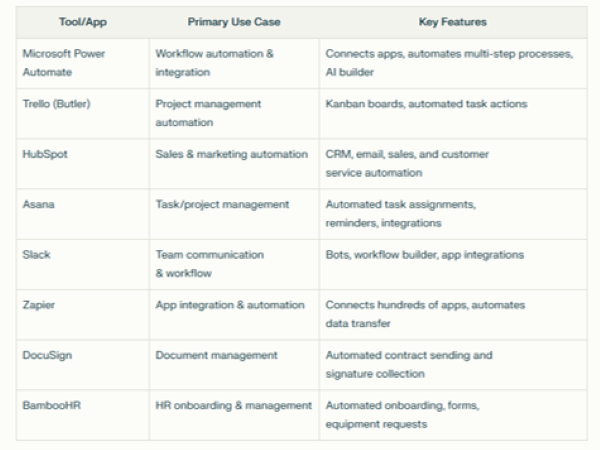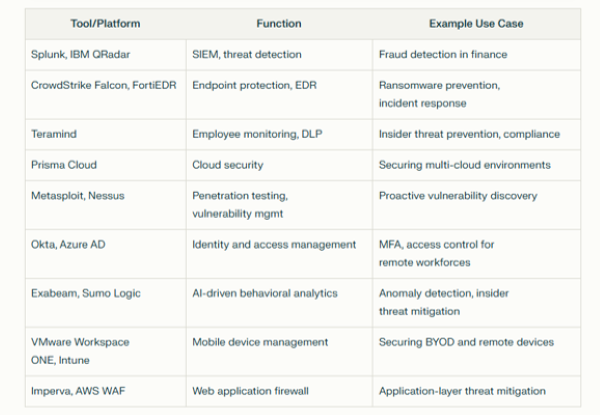Rapid advancements in technology related to doing business have marked the 21st century. It’s a digital revolution that is changing not just how we live personally, but also how we conduct daily business. Everyone from startups to multinational corporations is leveraging technology to improve operations, create innovative products, and provide superior customer service. From artificial intelligence (AI) to automation, what are the latest technological innovations taking on the business world?
AI Apps Are Doing Frontline Work
AI in the workplace is a recent thing. Companies trying to use the technology are still working out the kinks. Chatbots for customer service with support close behind seem to be the applications most successfully deployed. Some of the latest being used by companies include:
- Erica, a Bank of America chatbot app to help account holders do online banking.
- Barista, a Starbucks chatbot app that takes orders and makes personalized recommendations to the company’s repeat customers.
- BlueBot, a KLM chatbot app that helps customers with bookings and flight status checks.
- TOBi, a Vodafone chatbot designed to help its mobile customers troubleshoot their devices, deal with service issues, manage accounts, and access product information.
Automation is Redefining Workplaces and the Nature of Work
When you hear the word automation, you think robots. But that’s not what we are talking about here. The automation tools that offices use widely today are ones we almost take for granted because they are how we work now. Think of how reliant we have become using email apps, messaging and videoconferencing to communicate, and how spreadsheets, databases, word processing and specialty software applications have changed the way we work.
Less familiar automation tools to add to the list include:

Note, no humanoid robots or cobots need apply.
Collaboration and Remote Work
The COVID-19 pandemic forever changed the definition of the workplace. What was seen as a temporary measure to allow employees to work from home has introduced technologies to keep staff connected and ensure work collaboration continues.
What are the tools we use? Microsoft Teams, Zoom, Google Meet and Slack have become indispensable, enabling real-time communication, file sharing, and project management. Furthermore, virtual reality (VR) is being introduced for conducting immersive remote meetings to lessen the barrier of distance for effective collaboration.
E-Commerce Has Changed the Workplace
In the realm of e-commerce, businesses are leveraging technology to provide seamless online shopping experiences. A key player in this domain is Salesupply. The link is https://www.salesupply.com/. It offers comprehensive e-commerce solutions, including international online marketing, logistic fulfillment, and sales supply aids for every step in the e-commerce journey. Salesupply provides a source for innovative solutions to help businesses optimize their online presence, reach global audiences, and scale efficiently.
Securing the Digital Workplace is a Necessity
Cybersecurity has become a top priority for businesses with our increasing digital presence. Advanced technology innovations in this field help to protect sensitive data and prevent cybercriminal threats. From encryption technologies to AI-powered threat detection systems, businesses are investing heavily in cybersecurity measures to safeguard their operations.
Here are some examples of cybersecurity apps being used today:

Transforming Workplaces with Smart Technology
What smart technologies are not already covered in the above that are in use today or coming down the pipe? Consider the following list:
- Internet-of-Things (IoT) sensors backed up to Cloud-based applications that integrate motion detectors, facial recognition, control workplace entrances, lighting, heating and cooling usage, and occupancy.
- Smart layouts with smart furniture that includes desks and chairs ergonomically suited to individual employees.
- Robots that collaborate with employees on projects and in teams; telepresence robots to represent remote workers where physical presence is needed; and humanoid, dextrous robots to handle repetitive and even complex workspace tasks.









